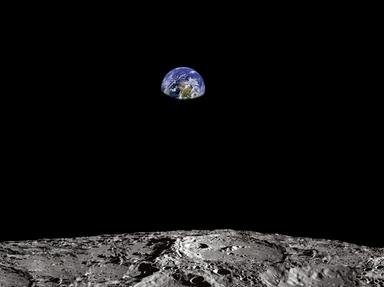
When Barbie Went To Space Trivia Quiz
Female Astronauts
Mattel launched "Space Barbie" in 1965 and whether she inspired other women to venture beyond the Earth is moot; however, she did inspire this author to explore the feats of the following ten women who were the first for their countries to do so.
An ordering quiz
by pollucci19.
Estimated time: 3 mins.